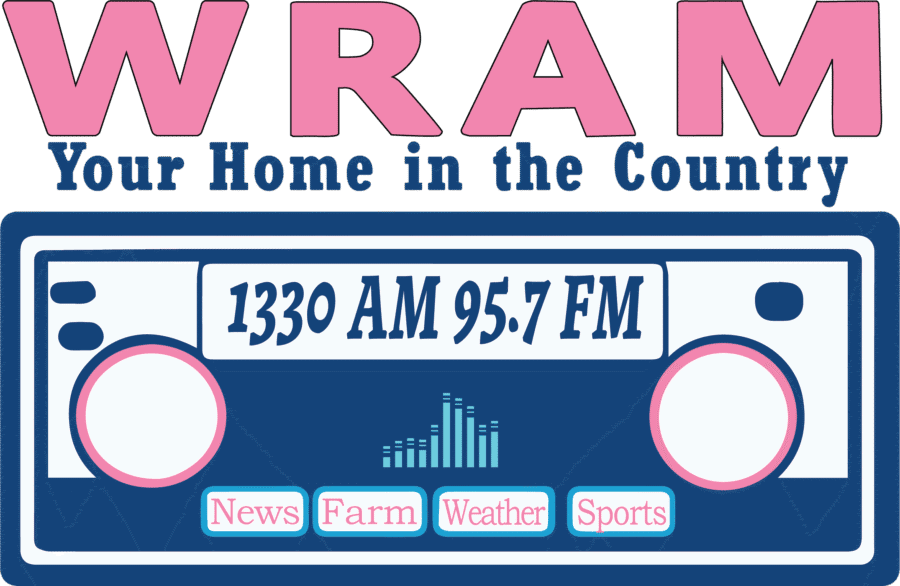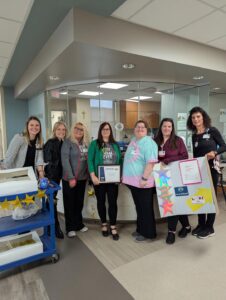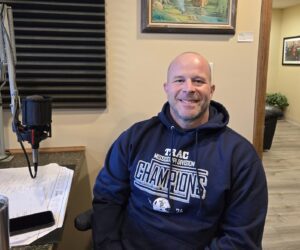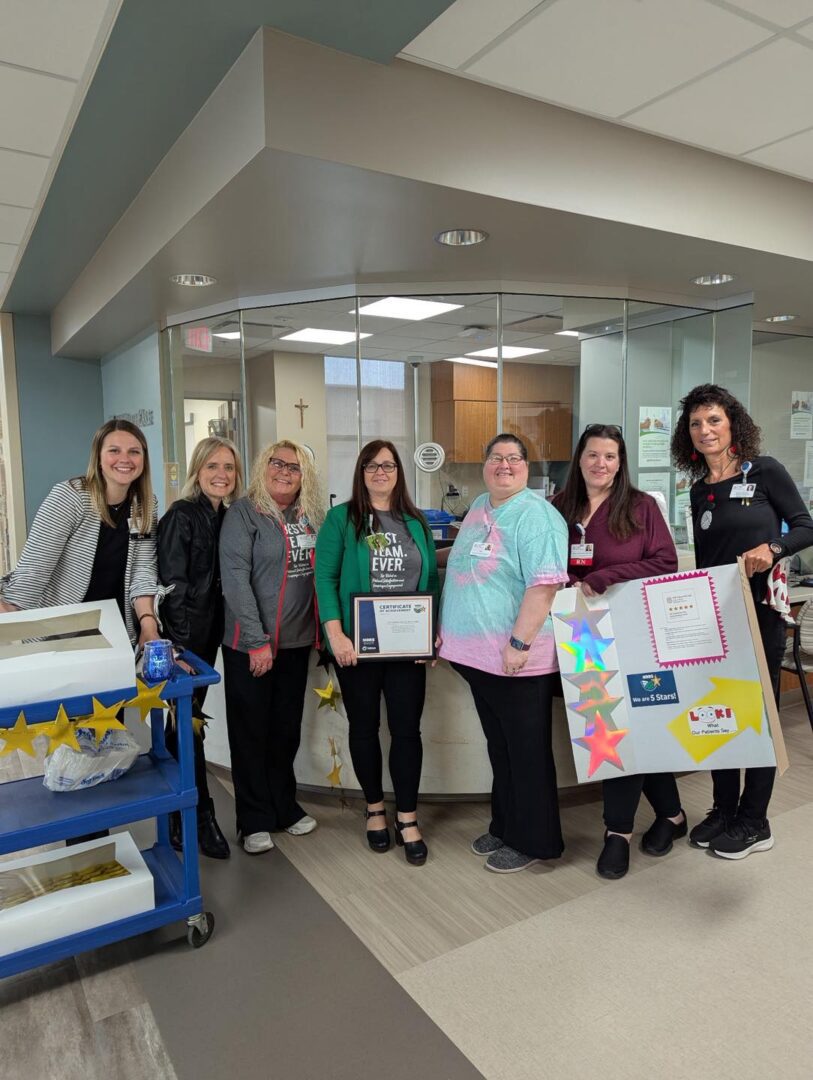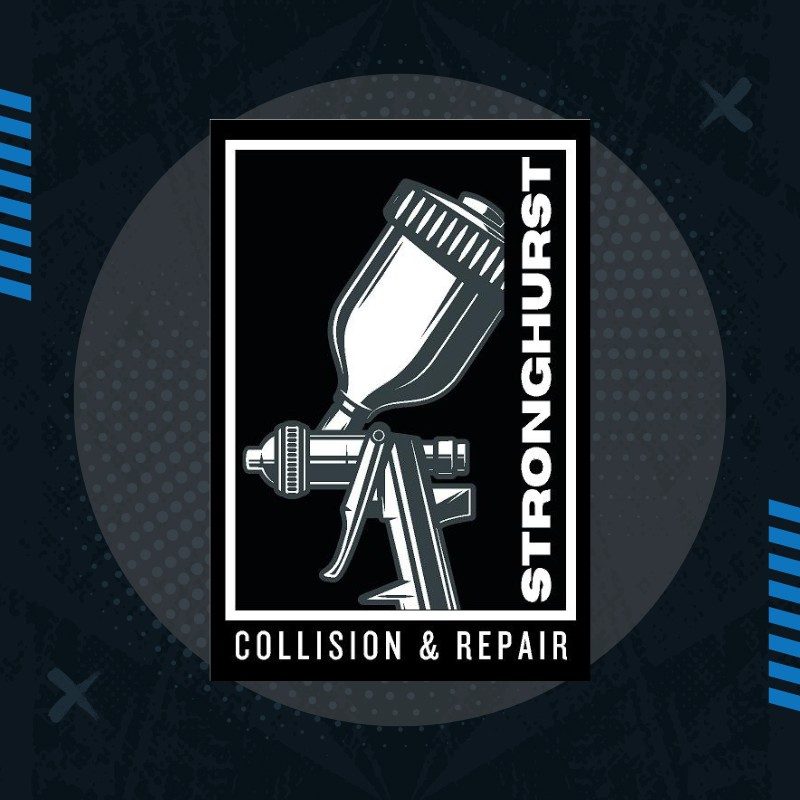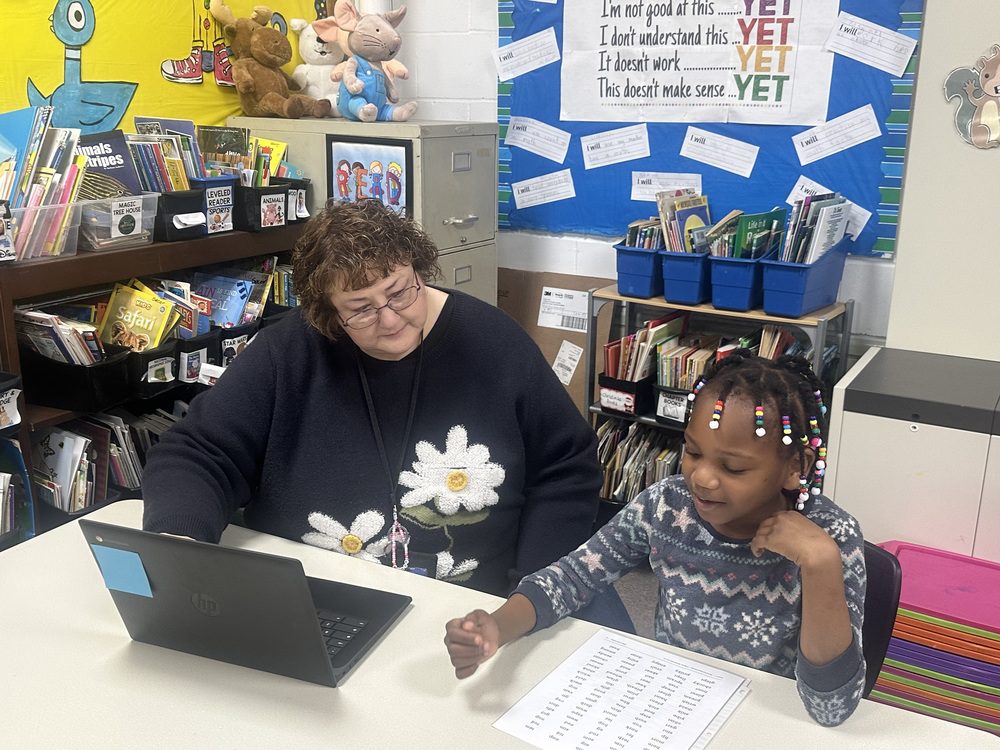As the state of Illinois and the nation reach a major milestone and end Public Health Emergency (PHE) declarations that have been in place since the beginning of the COVID-19 pandemic, local officials in Knox County honor public health and health care heroes who sacrificed to protect the public during the last three years.
“We should all pause and give heartfelt thanks today, after more than three years of the COVID-19 pandemic, to all those public health and health care heroes who rose to the challenge and risked their own lives to protect the rest of us from the deadly virus,” noted Michele Gabriel, Public Health Administrator for the Knox County Health Department. “When so many of us were locking down and staying safe at home, those heroes were on the front lines. They were administering tests, caring for the sick that filled our hospitals, and staffing vaccine clinics that offered us protection from sickness. We every one of them a huge debt of gratitude.”
The Governor formally issued the proclamation at a worker appreciation event at the Sangamon County Health Department in Springfield alongside the Illinois Department of Public Health (IDPH) Director Dr. Sameer Vohra and other leaders of the state’s public health and healthcare community.
“During the very darkest days of the COVID-19 pandemic, our public health and health care heroes risked their own lives to care for hundreds of thousands of Illinoisans in hospitals across the state at a time when our ICU wards were being overwhelmed,” Governor Pritzker said. “And once the life-saving vaccines were developed and made available, thousands of IDPH and local health department heroes as well health care heroes across the state mobilized to deliver more than 26 million, life-saving COVID-19 vaccinations to people in every corner of the state.”
The Governor issued the initial emergency proclamation on March 9, 2020, as the state and the nation were bracing for what few people anticipated would be an unprecedented public health and societal challenge that would last more than three years and cause more than 4 million COVID-19 cases and 36,000 deaths in Illinois. The PHE ensured that the state of Illinois could remain aligned with the federal government to ensure every available resource was utilized in the state’s COVID-19 response.
The proclamation leveraged federal funding and formalized emergency procedures by activating the State Emergency Operations Center (SEOC), bringing together decision makers from every state agency and the state’s highly qualified mutual aid network to deploy resources as necessary during the public health threat. Using these powers, the state mobilized resources to conduct millions of COVID-19 tests throughout the state. When vaccines became available in late 2021, the state launched a massive vaccination program that spanned Illinois and has delivered more than 26 million doses.
“It is fitting today as we formally end the Public Health Emergency that we pause to reflect on the truly heroic efforts of the thousands of public health workers, including those at IDPH and in our local health departments, as well as the healthcare workers in our hospitals and clinics,” said Dr. Vohra. “Their bravery and fortitude in the face of this overwhelming public health crisis is a gift to cherish and appreciate. As we write the next chapters in the story of public health in Illinois, we look forward to their continued leadership and guidance to help address inequities and promote health throughout our great State.”
Dr. Vohra stressed that even as the PHE is expiring IDPH will remain focused on prevention and treatment of COVID-19 and will also use lessons learned from the pandemic to address other public health challenges including chronic diseases, the opioid epidemic and health disparities. However, with case rates having remained at low levels in recent months, the tools provided by the PHE are no longer necessary to fight the virus.
The end of the PHE means that the federal government is expected to phase out providing tests, vaccines, and treatment directly to states – however these efforts will not end immediately, but over the coming months. The state of Illinois is continuing to offer at-home rapid tests to households in economically disadvantaged communities through June 30, through a partnership with the Rockefeller Foundation’s Project ACT.
When existing stockpiles of tests, vaccines and treatments run out, coverage will shift to private insurers.
The US Health and Human Services (HHS) has announced it is launching the HHS Bridge Access Program For COVID-19 Vaccines and Treatments for those who are uninsured. The program will create a $1.1 billion public-private partnership to help maintain uninsured individuals’ access to COVID-19 care at their local pharmacies, through existing public health infrastructure, and at their local health centers.
In addition, the Illinois Department of Healthcare and Family Services (HFS) has launched the Ready to Renew campaign to ensure that Illinoisans who are enrolled in Medicaid coverage do not lose coverage due to the expiration of the automatic renewal provisions that were in place during the Public Health Emergency. In Illinois, there will not be a “coverage cliff,” where everyone loses coverage at one time. Rather, redeterminations will happen on a rolling basis through mid-2024.
HFS is reminding Medicaid customers to keep a close eye on their mailboxes starting for notices about when they need to take action to renew their coverage.
For more information about IDPH resources and data, go to the department’s COVID-19 dashboard.
***Courtesy of the Knox County Health Department***

